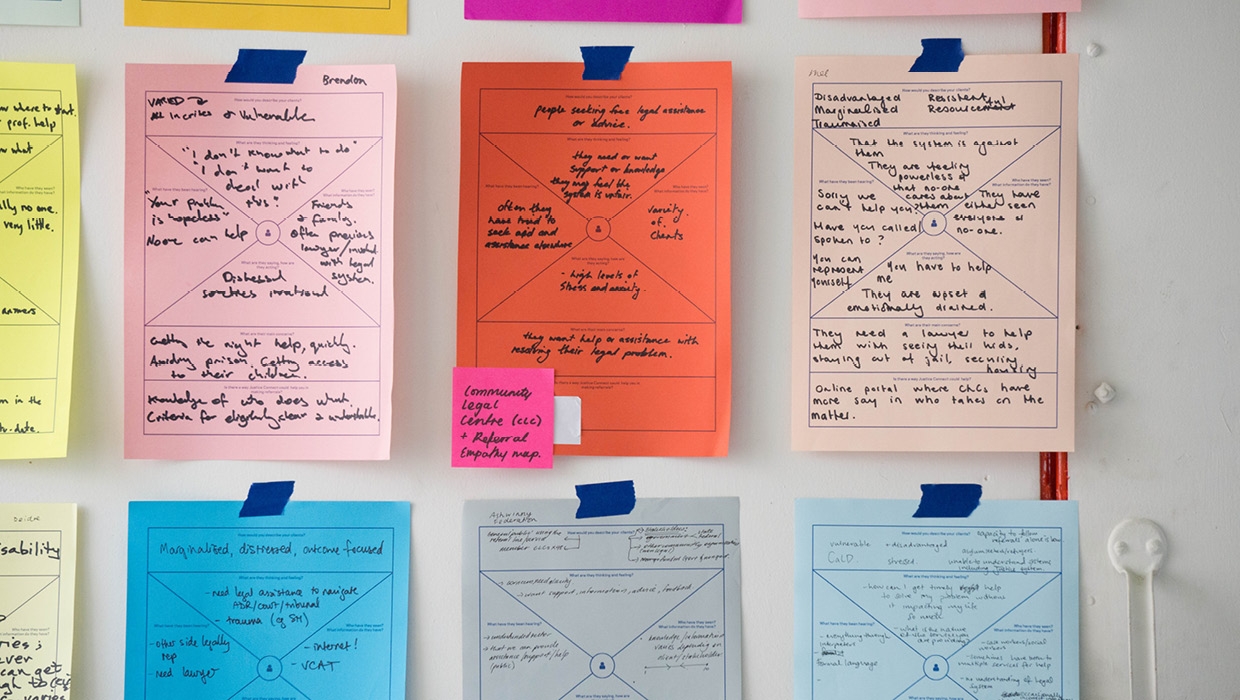Demystifying the security aspect of cashflow loans for SMEs
A “secured loan” has historically required that a borrowing company post an asset as collateral, such as equipment or property, to “secure” the capital that a bank loans to them. Given that this is the predominant type of secured loan, SMEs understandably equate the term with a need to own property or specific types of asset. However, there is another important type of secured loan that does not require collateral in the form of physical assets: the cashflow loan.
Rather than require physical assets as security, a cashflow loan sees a lender granting a borrower a specified sum that is backed by the borrower’s expected future revenues. For many SMEs today, a cashflow loan makes much more sense than the traditional method of posting a physical asset as collateral.
What are the advantages of cashflow lending?
Traditional lenders like high street banks still operate almost exclusively on an asset-backed security policy. While still relevant for many SMEs, it is no longer fit for purpose for a considerable portion, and has failed to keep up with changes to business and the wider working world. Due to changes in the economy, technology and how people work, requiring physical assets as security in today’s enterprise landscape locks thousands of SMEs out of much needed access to finance. Cashflow lending can plug this gap. It offers the following advantages for SMEs.
1. More suitable for service companies
Thousands of SMEs are services-focused, with little or no need for physical assets. To avoid potential problems when applying for an asset-backed loan, they can use their future receivables as security in a cashflow loan.
2. Caters to the changing business landscape
The working world continues to undergo extensive change. For instance, SMEs are increasingly reliant on remote technologies that form core or value-added processes, such as the cloud or software-as-a-service. This evolution diminishes the erstwhile need to have on-site assets.
In addition to the changes that remote technology has brought, another important shift centres on the employee. Rather than an office filled with workers, SMEs are progressively working more with remote employees and some even work on an entire remote workforce basis. As a result, offices are smaller and office equipment less necessary.
3. Speed of funds access
As cashflow loans don’t require a lender’s appraisal of a physical asset as collateral, cashflow loan applications are generally processed faster than their asset-backed counterpart. Lenders instead take into account a number of factors, including expected revenues, the enterprise value and its credit score.

How does the cashflow lending process work?
The security procedure for cashflow loans is much different to its asset-backed counterpart.
Credit capacity and the EBITDA multiple
Cashflow lending relies on using a company’s EBITDA, which stands for Earnings Before Interest, Taxes, Depreciation and Amortisation. The lender will typically be willing to lend a multiple of the EBITDA figure within a range. The exact multiple will depend on the lender’s assessment of the competitiveness of the company, the sector in which it trades and wider economic risks. If the lender thinks the risks are high, the EBITDA multiple will be towards the lower end of the range. If the economic and sector outlook is more positive, then the multiple will be towards the top end of the range.
Applicant metric reviews and credit rating
A cashflow lender carries out a thorough analysis of customer concentration and level of revenue that is contracted, predictable and/or repeatable. A company’s credit rating also forms an integral part of the process, with a typically strong historical score necessary for lenders to assume the risk. ThinCats’ proprietary credit model, PRISM risk, also includes forward-looking and behavioural metrics that we believe provides a more realistic picture of a company’s financial strength, particularly for high-growth companies.
Financial covenants
Returning to EBITDA, cashflow loan covenants are centred on suitable EBITDA margins. The covenants’ main function is to identify the financial risk that an applicant company can feasibly assume over the lifetime of the loan without any detrimental impact on the running of its business. For ThinCats, the most important covenants are achieving a minimum level of EBITDA and holding a minimum cash balance.

Why does ThinCats accept suitable cashflow as security?
ThinCats is interested in cashflow loans for a number of important reasons.
First, it fits with our ethos of viewing business lending as long-term investors in SMEs rather than the prevalent transactional-only lender-borrower relationship.
Second, our team is made up of professionals with the deeper levels of business knowhow and experience needed to effectively assess cashflow loans.
Third, we recognise that traditional asset-backed financing is no longer fit for purpose with regard to a large cohort of SMEs that are asset-light due to the aforementioned changes in the modern business world. This can leave thousands of SMEs with funding shortfalls that not only restricts their own growth potential but also the wider UK economy.
Fourth, part of our overarching mission is to provide financing solutions to SMEs that are deserving of funding but are locked out of it via traditional channels. Moreover, as ThinCats is an SME too, we understands the challenges that fellow SMEs face.
Security no longer necessarily involves physical assets
There are now financing opportunities for businesses for whom it is challenging or impossible to apply for a loan if they can only use physical assets as collateral. Thanks to cashflow lending, SMEs have a faster method of accessing credit, against their future cashflows and profitability as security. While it does require a different assessment approach to risk monitoring covenants and risk assessment, it can provide the right financing solution for asset-light SMEs that are growing and which banks struggle to fund.
For ThinCats, cashflow lending also enables us to develop a close partnership-focused relationship with SME clients, so we can address immediate financing gaps, but crucially, to also build a strong foundation from which we can provide future funding solutions.


